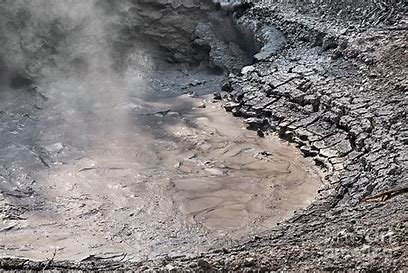Yellowstone: Our Nation's first National Park
/Yellowstone National Park, a mesmerizing expanse of geothermal wonders and stunning landscapes, is arguably one of the most captivating destinations in the United States. Established in 1872, it holds the distinction of being the world's first national park, a testament to the foresight of conservationists who sought to preserve its unparalleled beauty for future generations.
In 2018, Matt and I embarked on an unforgettable road trip to Yellowstone National Park. By staying in multiple locations throughout our visit, we were able to experience so much of what this iconic park has to offer. Yet, even after exploring many of its highlights, we’re eager to return and uncover more of Yellowstone’s hidden gems.
As someone who loves delving into the history of the places I visit, I plan to begin this blog by sharing the rich history of Yellowstone. From there, I’ll dive into the park’s awe-inspiring geothermal wonders and the top spots for observing its abundant wildlife. Finally, I’ll wrap up with practical tips, including entry details and accommodation recommendations, to help you plan your own Yellowstone adventure.
Bannock elders reported this may be a photograph of Chief Tendoy, Chief of the Lemhi Shoshones. Tendoy Falls on Ferris Fork in the southwestern part of the park is named after him.
For thousands of years before Yellowstone became a national park, it was a vital and sacred land for numerous Native American tribes. Tribes such as the Shoshone, Crow, and Bannock, along with others, relied on this vast and diverse landscape for survival, utilizing it for hunting bison, elk, and deer, fishing in its rivers and lakes, and gathering plants and herbs for food and medicinal purposes. The geothermal features, including hot springs and geysers, were not merely natural wonders to these communities but also carried profound spiritual and cultural significance. Many believed these features were manifestations of the sacred, symbolizing the powerful forces of nature and the spiritual energy of the Earth itself.
Dragon’s Mouth
Ancient tales hold that Dragon’s Mouth, located in the Mud Volcano area, was where the creator of the Kiowa people provided Yellowstone as a place to live.
“Yellowstone was not a place to merely visit—it was integral to their identity, offering not only sustenance but also serving as a canvas for storytelling, rituals, and traditions passed down through generations.”
The tribes' connection to Yellowstone was deeply interwoven with their way of life. They followed well-established trails through the region, some of which predate the formation of the park and are still identifiable today. These routes facilitated seasonal migrations, trade, and interaction between tribes. For them, Yellowstone was not a place to merely visit—it was integral to their identity, offering not only sustenance but also serving as a canvas for storytelling, rituals, and traditions passed down through generations.
This rich, intertwined history underscores the importance of preserving and honoring the Native American heritage of Yellowstone. Their stewardship of the land for millennia highlights a sustainable relationship with nature, which is still relevant and inspiring in modern conservation efforts. Acknowledging their deep connection to the park enriches our understanding of Yellowstone as more than a natural wonder but also a cultural and spiritual landscape.
The idea of creating a national park was spearheaded by explorers and visionaries who were awestruck by Yellowstone's unique landscape. The first known European to enter the Yellowstone region was John Colter, a member of the Lewis and Clark Expedition, around 1807. Colter's reports of geothermal wonders and dramatic landscapes were met with skepticism and earned the nickname "Colter's Hell." Ferdinand V. Hayden, who led the Hayden Geological Survey of 1871, was another pivotal expedition that documented the region's geysers, hot springs, and wildlife. The team's findings captivated the American public, this time around, and garnered significant support for the preservation of this natural wonder. Their efforts culminated in the establishment of Yellowstone National Park by President Ulysses S. Grant on March 1, 1872.
As we drove into Yellowstone, I found myself enveloped by a lush forest, with a bubbling brook meandering through the valley below. Suddenly, as if emerging from a dream, vibrant thermal pools burst into view, their colors unlike anything I’d ever seen. It’s hard to fathom what it must have felt like for early explorers to stumble upon such a surreal landscape, entirely unprepared to grasp what they were witnessing. Yellowstone’s geothermal marvels are undeniably breathtaking, though I should caution you—some of them come with quite a potent aroma.
Yellowstone’s geothermal sites are a direct result of the park's position atop a massive volcanic hotspot. The heat from the magma below the surface has given rise to various geothermal features, including geysers, hot springs, and mud volcanoes. These features are scattered throughout the park, but I will highlight the most notable ones in this blog.
Yellowstone’s geothermal sites are a direct result of the park's position atop a massive volcanic hotspot. The heat from the magma below the surface has given rise to various geothermal features, including geysers, hot springs, and mud volcanoes. These features are scattered throughout the park, but I will highlight the most notable ones in this blog.
Geysers
Old Faithful: this world-famous geyser erupts approximately every 90 minutes, shooting water up to 180 feet in the air
Steamboat: the world’s tallest active geyser that can shoot water up to 300 feet high
Hot Springs
Grand Prismatic Pool: the largest hot spring in Yellowstone National Park and the United States. It is the third largest on Earth, featuring a range of colors including deep blue, bright green, yellow, orange, and red.
Mammoth: a collection of travertine terraces formed by limestone deposits from hot springs.
Mud Volcano
Dragon’s Mouth: a small pool backed up against a hillside where a water and steam spew out of a cave, producing a roaring sound
Sulphur Caldron: one of the most acidic hot springs in the park. Its bubbling and turbulent, muddy waters can be seen spewing forth from an observation point on the hill
If you're short on time, a visit to the Upper Geyser Basin is a must for experiencing Yellowstone's geothermal wonders. Spanning just one square mile, it contains the highest concentration of geysers and geothermal features in the world. The boardwalk trails offer an up-close view of multiple geysers, vibrant pools, and other fascinating geological formations.
Most people come to Yellowstone to check out the geothermal wonders, and honestly, I could’ve spent way more time exploring those amazing spots. But with limited time, we decided to shift gears and focus on spotting some of the park’s incredible wildlife.
Yellowstone is a sanctuary for a diverse array of wildlife. The park's expansive meadows, forests, and rivers provide ideal habitats for species such as bison, elk, wolves, and grizzly bears. Lamar Valley, often referred to as the "Serengeti of North America," is a prime location for wildlife viewing. Early morning and dusk are the best times to spot the park's inhabitants (as well as photographers with really expensive camera equipment) as they go about their daily routines.




Matt and I were successful at Hayden Valley and Mammoth observing wildlife. During a mid-afternoon hike through Hayden Valley, we encountered a solitary Bison resting directly on the trail. We gave it wide berth and carefully passed it. You don’t realize how massive these animals are until you are that close to one! Along the park's roads, we utilized multiple turnouts to park and observe large herds of Bison and Elk as the sun was setting. The site was just beautiful. Surprisingly, Mammoth Springs proved to be the most intriguing area for wildlife observation. We witnessed the beginning of mating season for the local Elk and observed a bull elk bugling, chasing, and gathering his harem (herd of female elk) to mate with. Unfortunately, due to time constraints, we were unable to thoroughly explore Lamar Valley for wolves and grizzly bears.
I definitely don't want to pass over the natural landscapes that Yellowstone has to offer. The park is home to some of the most breathtaking scenery in North America.
Grand Canyon of Yellowstone
One of the most spectacular sights is the Grand Canyon of the Yellowstone. With its dramatic cliffs, vibrant colors, and thunderous waterfalls, the canyon offers a visual feast unlike any other. The Lower Falls, which plunge 308 feet into the canyon below, are particularly awe-inspiring. We intended to explore Uncle Tom's Trail, which provided has stunning vantage points for viewing this natural wonder, but the trail was closed when we were there. However, we walked the South Rim Trail to Artist’s Point and the views of the Falls were spectacular.
Yellowstone Lake
Another highlight that needs to be mentioned, yet we did not spend much time at, is Yellowstone Lake, the largest high-elevation lake in North America. Surrounded by mountains and forests, the lake's serene waters reflect the ever-changing sky, creating picture-perfect scenes at every turn. We enjoyed recreational activities such as fishing, boating, and kayaking, which offered us a tranquil way to experience the park's beauty.
Now that you know all the highlights Yellowstone has to offer, let’s talk about getting into the park and where to stay.
Yellowstone National Park has five main entrances. The North Entrance, which remains open throughout the year, is closest to Mammoth Hot Springs. For convenience, you can stay in Gardiner, WY, and visit the park whenever you wish. The Northeast Entrance is ideal for travelers coming from the east and is near Lamar Valley. This route includes Bear Tooth Pass, a scenic, but challenging drive that ascends over 10,000 feet with numerous zigzags and switchbacks. Cooke City, a charming town just outside the Northeast Entrance, makes a great home base. The East Entrance, near Cody, WY, is quieter and more remote, perfect for exploring Yellowstone Lake and backcountry areas. The South Entrance is close to Grand Teton National Park, making it a good choice for visiting both parks. Jackson Hole is the closest town, though it is on the southern end of Grand Teton National Park and about 2 hours away. This entrance is recommended if you plan to visit both parks and want to enjoy the Tetons. The West Entrance is the busiest, as it borders West Yellowstone, the largest town outside the park. It offers hotel chains for budget-friendly accommodations. Despite the busyness of West Yellowstone, it is an excellent location for affordable stays.
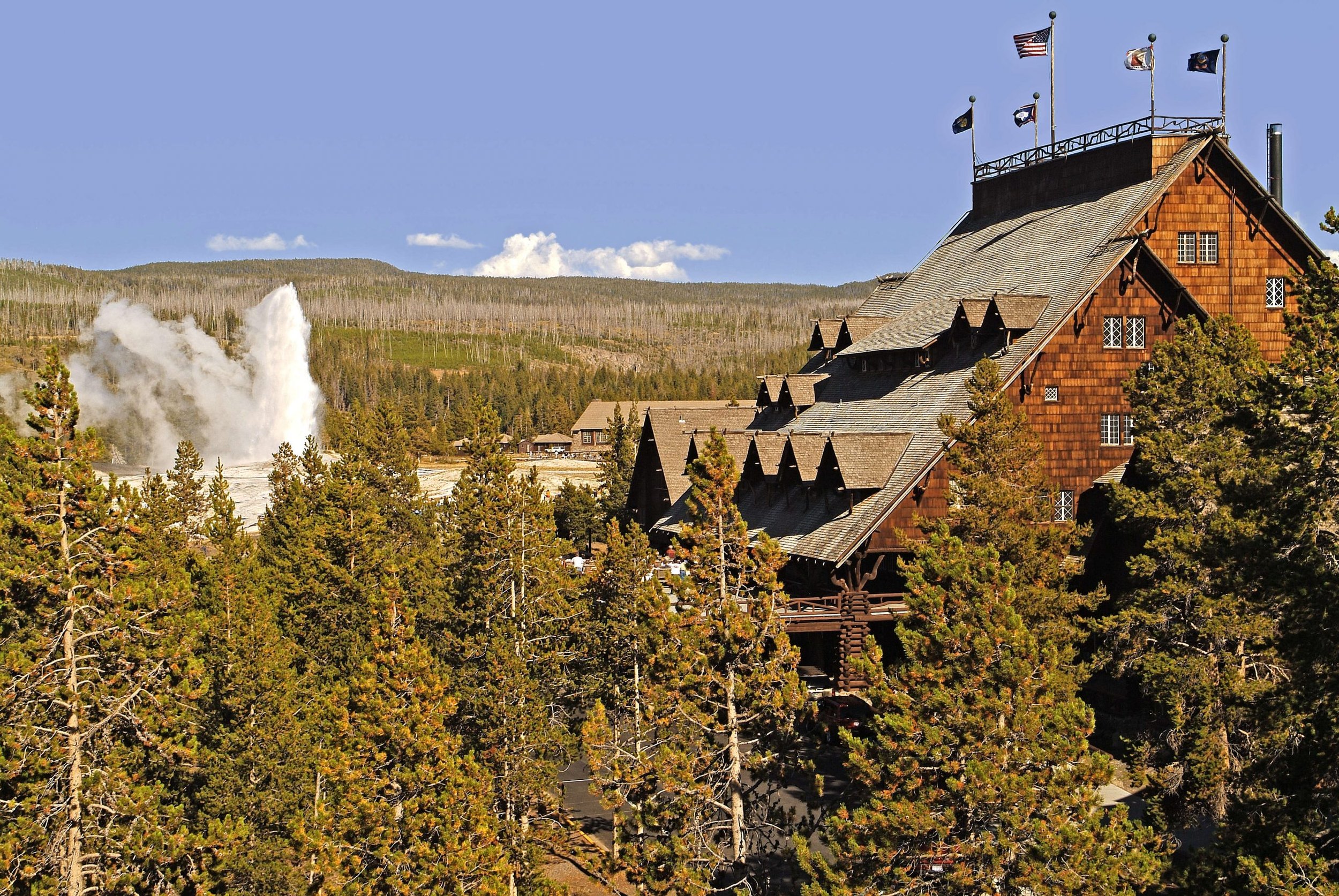
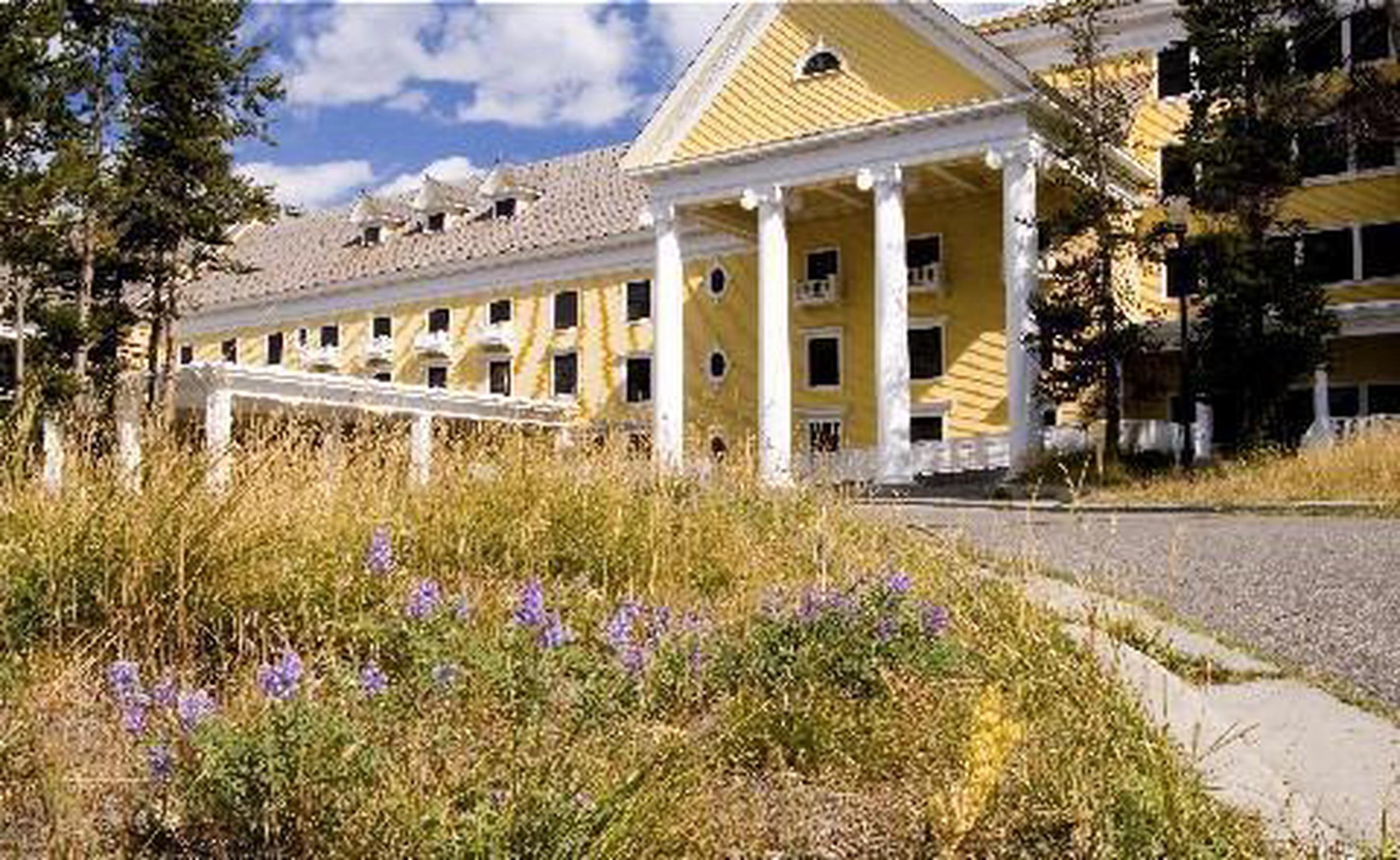
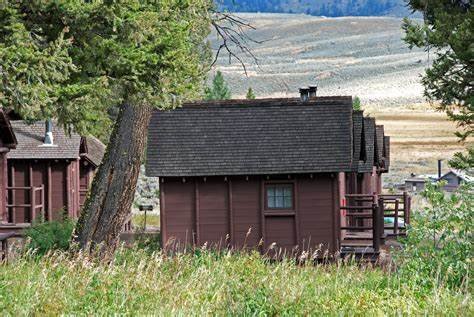

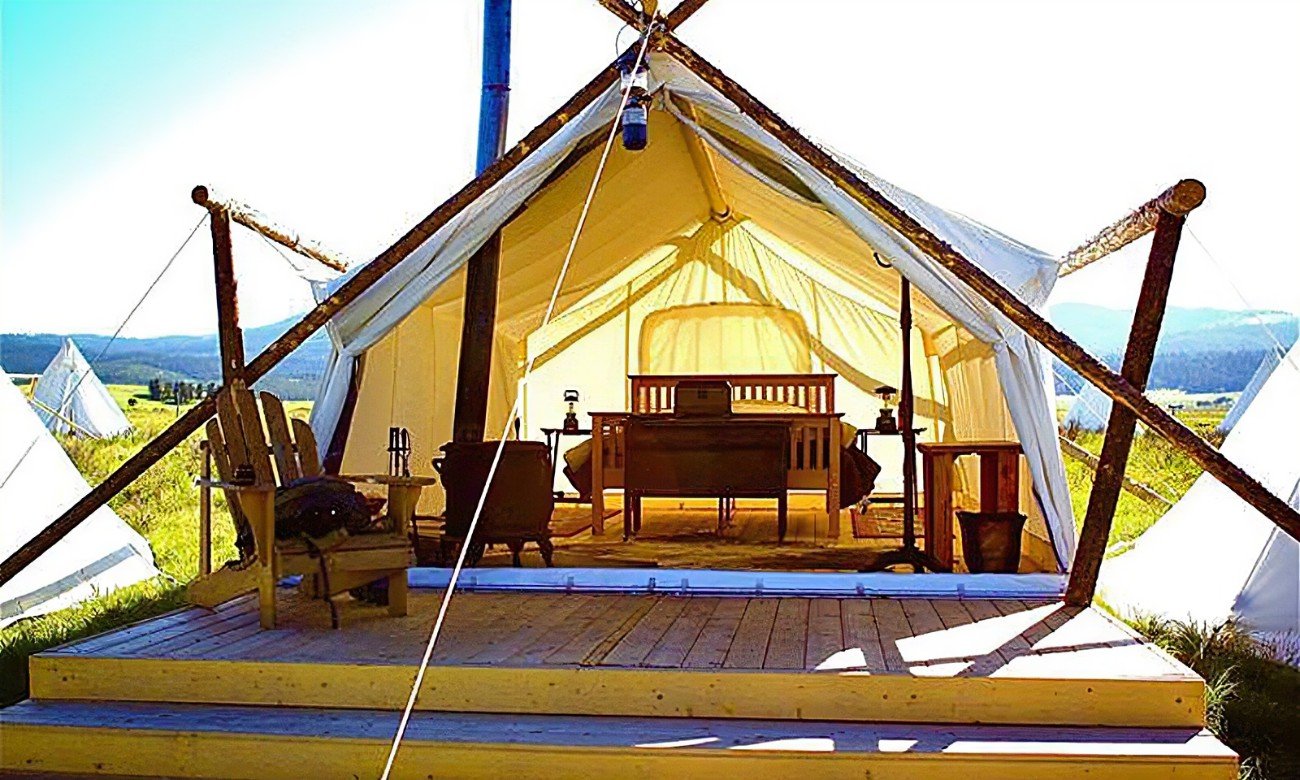
Yellowstone National Park does offer a diverse range of lodging options inside the park that cater to various preferences and budgets, making it easier to immerse yourself in the park's natural beauty. Visitors can choose from historic lodges, rustic cabins, and cozy hotel rooms, all managed by Xanterra Travel Collection, the park’s official concessionaire. Popular accommodations include the iconic Old Faithful Inn, known for its impressive log architecture and proximity to the famous geyser, and Lake Yellowstone Hotel, which exudes elegance with views of the serene lake. For those seeking a more rugged experience, Roosevelt Lodge Cabins provide a rustic charm reminiscent of early park explorations. Staying inside the park allows you to enjoy the convenience of being close to Yellowstone’s geothermal wonders, wildlife, and scenic trails, though early reservations are essential due to high demand. Keep in mind that the lodges are generally open from late spring through early fall, with limited options available in winter.
Don't forget about camping! Matt and I chose to camp, which was a budget-friendly way to stay inside the park and have all the parks features close and convenient. Yellowstone offers a variety of camping options from traditional tent sites to luxurious glamping. Camping books up just as quickly as the hotels and early reservations are required.
Yellowstone is an absolute must-see destination! To truly experience everything the park has to offer, I recommend setting aside a full week. Ready to start planning your dream trip? I’d be thrilled to help you create the adventure of a lifetime in Yellowstone!














